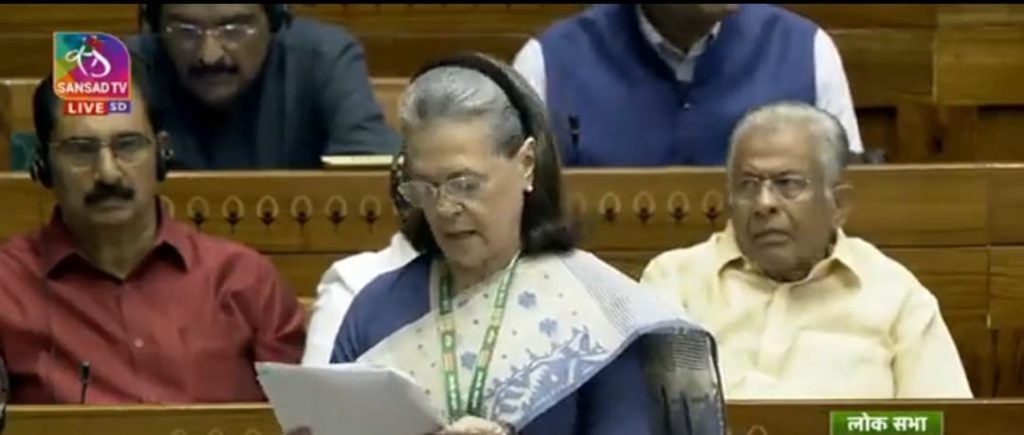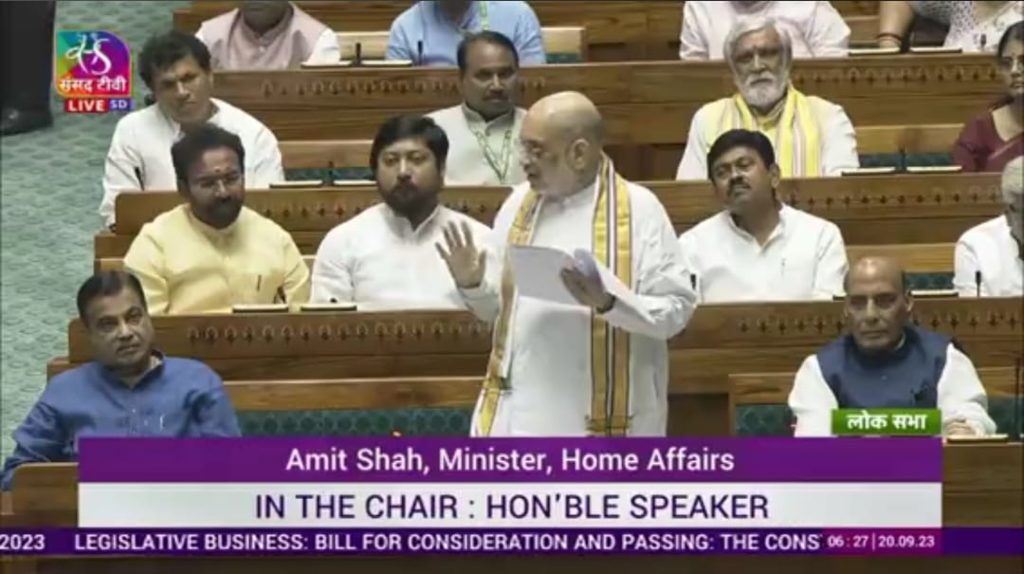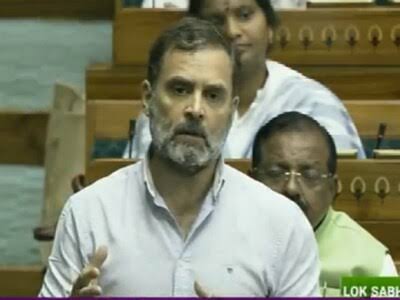JAN KI BAAT Content Head Sagarika Mitra explains
27 years after it was first introduced and 8 hours after it was fiercely debated, Lok Sabha passed the Women’s Reservation Bill with 454 MPs voting in favour of it and 2 MPs voting against it. Tomorrow the bill is likely to come up in the Rajya Sabha
Q1: Why is the passage of the Women’s Reservation Bill in Lok Sabha historic?
A1: The passage of the Women’s Reservation Bill is historic because it will reserve 33% of seats in Parliament and legislative assemblies for women. It’s a significant step toward gender equality and empowering women in politics. It’s historic because the Narendra Modi government managed to do in Lok Sabha what successive governments couldn’t in the last 27 years since the bill was first introduced

Q2: Will the Women’s Reservation Bill be immediately implemented?
A2: No, it won’t be implemented immediately. It’s tied to the Delimitation process, which is expected to happen around 2026. After that, the bill can take effect, possibly in 2029. The bill can be implemented possibly in 2029 only after the Delimitation process is over. Delimitation process is expected to be help in 2026.
As things stand, the earliest census 2021 exercise can be expected in 2025, the houselisting exercise in 2024 followed by the actual census in 2025. If results of the 2021 census are published after 2026, this could become the basis of Delimitation of constituencies

Q3: Why can’t it be implemented for the upcoming elections?
A3: The bill is linked to Delimitation, which identifies the seats to be reserved for women. Since Delimitation is expected in 2026, the bill can’t be implemented in the upcoming elections.
Q4: What is Delimitation, and how’s it important to this bill?
A4: Delimitation is the process of readjusting constituencies based on population changes. It’s crucial to the Women’s Reservation Bill because it identifies which seats will be reserved for women, ensuring fair representation.

Q5: What is census, and why is it linked to the implementation of this bill?
A5: Census is a population count. It’s linked to the bill because Delimitation depends on census data to adjust constituency boundaries. The bill’s implementation is tied to the first census after its passage, expected around 2025-26.
Q6: What constitutional amendments are needed to make it operational?
A6: To make the Women’s Reservation Bill operational, two constitutional amendments connected to delimitation are required. Article 82 and Article 170(3) of the Constitution need to be amended. Article 82 deals with the readjustment of constituencies in Lok Sabha and State Assemblies after each census, while Article 170(3) pertains to the composition of legislative assemblies.

Q7: How will it impact the lives of women like you and me? What will the numbers look like after the bill is implemented?
A7: Once the bill is implemented, it will significantly impact the representation of women in politics. Currently, there are 78 women MPs in the Lok Sabha. After implementation, this number is expected to rise to 181, out of a total strength of 543. This reservation opens pathways for women from all walks of life, like you and me, to participate in shaping the nation’s policies and future.

